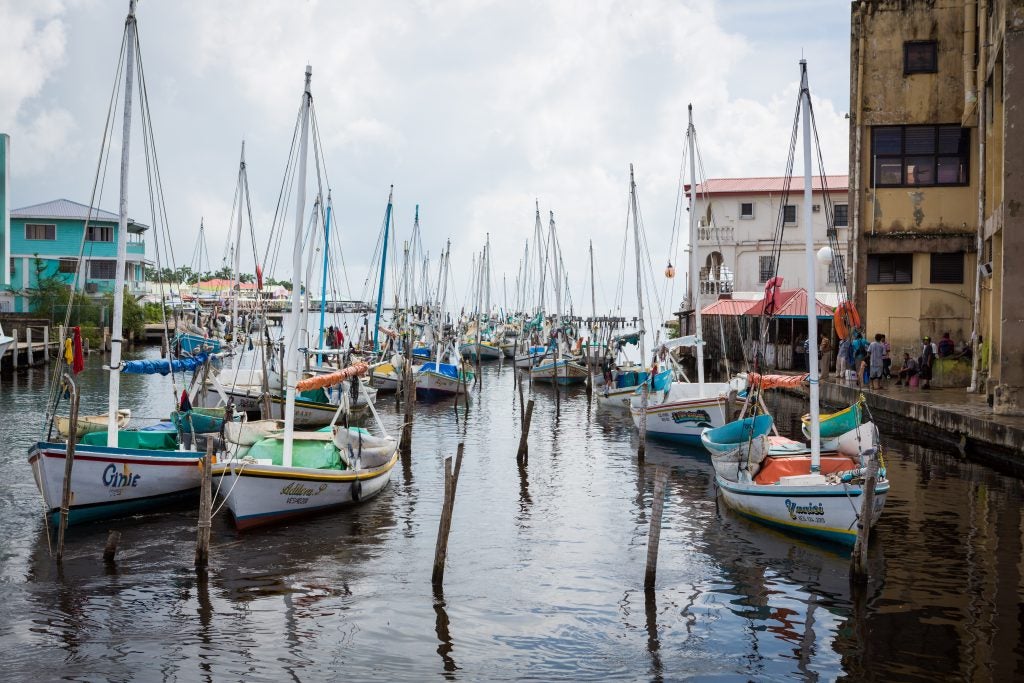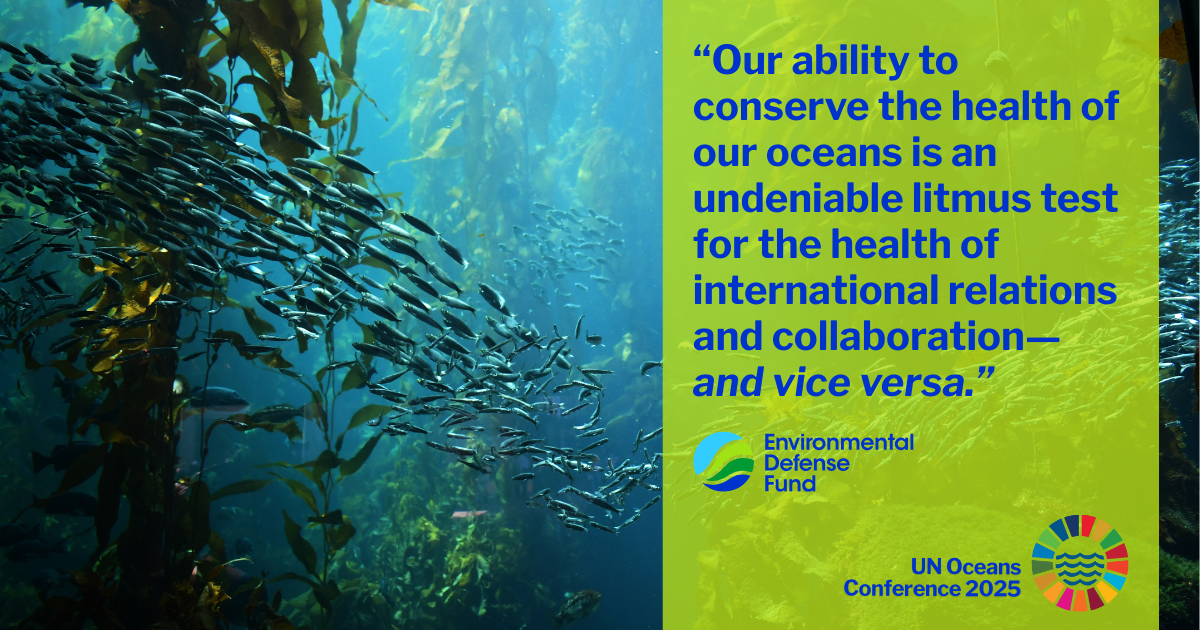IUCN WCC | Sustainable fisheries & biodiversity conservation — working together in the face of climate change
Over the past week, representatives from organizations and countries from around the world have come together for critical discussions about protecting and enhancing biodiversity in the face of climate change at the IUCN World Conservation Congress in Marseille, France. For the first time at the WCC, restoring ocean health was one of the central discussion themes, as a “marine journey.”
We know that ocean biodiversity is in deep crisis. Collapsing fish populations, coral reef die-offs and disappearing ocean wildlife are evidence of the escalating damage caused by overfishing, ocean warming, acidification, habitat loss, pollution and multiple other stressors. Taken together, these threats are eroding the ocean’s ability to function as a planetary life support system, including providing food security, jobs and poverty alleviation for millions of people around the world.
EDF and our partners believe there is a great opportunity for people who care about sustainable climate-smart fisheries and biodiversity to work together
Managing the world’s fisheries and conservation strategies to protect ocean biodiversity are often depicted as conflicting approaches, and perhaps as conflicting world views. But EDF and our partners believe there is a great opportunity for people who care about sustainable climate-smart fisheries and biodiversity to work together to advance ecosystem resilience in the face of climate change.
During the WCC process, EDF and our partners developed a resolution that promotes active collaboration between advocates working in these two fields. “Seascapes working for biodiversity conservation” was co-sponsored by the European Bureau for Conservation and Development, our Cuban partners at the Fundación Antonio Núñez Jiménez de la Naturaleza y el Hombre, the Coral Triangle Initiative, the University of the South Pacific, the Nature Conservancy-U.S., World Wildlife Fund-New Zealand, and was adopted by virtual vote before the Congress. The resolution requests the development of a new Working Seascapes Initiative under the auspices of the Fisheries Expert Group of the U.N.’s Commission on Ecosystem Management; the pursuit of collaborative engagements by states; and the inclusion of targets and strategies related to this work as part of the post-2020 global biodiversity framework during the Conference of the Parties to the Convention on Biological Diversity — or CBD COP — coming later this year and next in Kunming, China.
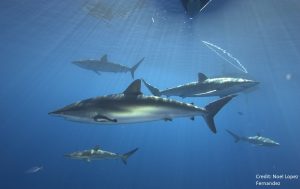 In addition, EDF, EBCD and the U.N.’s Food and Agriculture Organization presented a side-event called “Fisheries and Biodiversity: Smooth Sailing or Stormy Seas.” Panelists examined the potential for improved governance, the use of ecosystem-based management, and the utility of marine spatial planning and other area-based approaches to unifying fisheries management and biodiversity conservation. They also highlighted how these opportunities can build upon existing international dialogues where fisheries and conservation in marine areas have continued to adapt and co-evolve in the past few decades, improving alignment and offering better opportunities for conflict resolution. Audience questions focused on the need to bring advocates and stakeholders together in creating new visions for success that address both fisheries and biodiversity conservation at the same time.
In addition, EDF, EBCD and the U.N.’s Food and Agriculture Organization presented a side-event called “Fisheries and Biodiversity: Smooth Sailing or Stormy Seas.” Panelists examined the potential for improved governance, the use of ecosystem-based management, and the utility of marine spatial planning and other area-based approaches to unifying fisheries management and biodiversity conservation. They also highlighted how these opportunities can build upon existing international dialogues where fisheries and conservation in marine areas have continued to adapt and co-evolve in the past few decades, improving alignment and offering better opportunities for conflict resolution. Audience questions focused on the need to bring advocates and stakeholders together in creating new visions for success that address both fisheries and biodiversity conservation at the same time.
In addition, EDF and FANJ co-hosted a stand as part of the event’s exhibition where these ideas were rolled out to WCC attendees through the lens of climate-smart sustainable fisheries and coastal resiliency in Cuba. The stand included some of the efforts that EDF, FANJ and other partners are conducting to connect communities across the country to science-based fisheries management and Cuba’s national system of marine protected areas, including the famed Jardines de la Reina National Park. This work includes Cuba’s leadership in research and conservation of sharks, recognizing their ecosystem importance, connection to fishing traditions and tourism value.
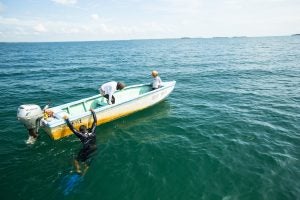 WCC also provided clear evidence of the rewards of working together to achieve mutually desirable outcomes: the IUCN announcement of the revision of the IUCN “Red List” of globally endangered species — which included moving three heavily fished and economically important tunas (Atlantic Bluefin, Yellowfin and Albacore) to “least concern” status — also downgraded the degree of concern about Southern Bluefin from “critically endangered” to “endangered.”
WCC also provided clear evidence of the rewards of working together to achieve mutually desirable outcomes: the IUCN announcement of the revision of the IUCN “Red List” of globally endangered species — which included moving three heavily fished and economically important tunas (Atlantic Bluefin, Yellowfin and Albacore) to “least concern” status — also downgraded the degree of concern about Southern Bluefin from “critically endangered” to “endangered.”
In addition, important examples of achieving fishery and conservation values together exist. In the United States, the National Estuary Program has been working to coordinate water quantity and quality management with fisheries and habitat and biodiversity conservation for decades. The current U.S. national fisheries law requires protection of “essential fish habitats” that also meet key biodiversity needs, conservation of “protected species” that interact with fishing, and consideration of ecosystem needs that all extend far beyond traditional fisheries target species. Similar programs exist in Europe, Canada, Oceania and elsewhere.
And that progress is not limited to developed states. Belize has recently built upon a three-decade history of a nationwide network of marine protected areas by adding comprehensive stakeholder-driven and area-based fisheries management to all of its ocean waters — through a program called “managed access.” In fact, fisher buy-in then led directly to a large-scale expansion in MPA coverage, and a great improvement in implementation effectiveness.
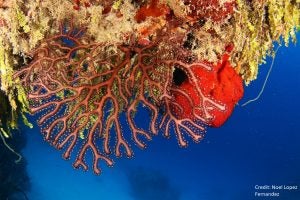 Now, a new initiative coming out of China deserves notice. EDF and partners at the Chinese Academy of Fisheries Sciences (East China Sea Fisheries Research Center) and Northeastern University have just completed an initial assessment of the globally important Yangtze Basin, and its potential for providing long-term benefits for both people and nature under the Chinese tenet of “ecological civilization.” A report is just now available, laying out what needs to be done in the face of climate change to manage the whole system in a way that benefits key conservation targets (including not only the endangered Chinese sturgeon but also the Great Knot — which uses the emergent marshlands of the lower estuary as key foraging grounds during stopovers on their long-distance migrations) as well as key fisheries targets (including Gazami crab and Chinese mitten crab) and their invertebrate prey.
Now, a new initiative coming out of China deserves notice. EDF and partners at the Chinese Academy of Fisheries Sciences (East China Sea Fisheries Research Center) and Northeastern University have just completed an initial assessment of the globally important Yangtze Basin, and its potential for providing long-term benefits for both people and nature under the Chinese tenet of “ecological civilization.” A report is just now available, laying out what needs to be done in the face of climate change to manage the whole system in a way that benefits key conservation targets (including not only the endangered Chinese sturgeon but also the Great Knot — which uses the emergent marshlands of the lower estuary as key foraging grounds during stopovers on their long-distance migrations) as well as key fisheries targets (including Gazami crab and Chinese mitten crab) and their invertebrate prey.
These and other initiatives chart a clear path forward, but their success will depend upon stakeholder engagement and a commitment from practitioners who may be most comfortable working within existing governance silos. Today, despite the urgency, climate change adaptation strategies are being implemented at a very slow pace. At the end of the day, protection for marine ecosystems and biodiversity must recognize and leverage the inextricable needs of those vulnerable human communities most dependent and connected to these vital marine systems.
And of course, many countries lack the human, financial and resource capacity required to fully implement governance systems already in place. Building new ones seems increasingly difficult in the uncertain post-COVID and climate-affected world.
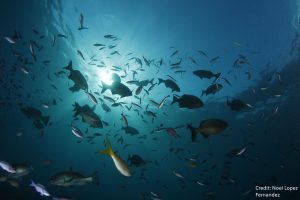 Fortunately, there is an internationally agreed-upon portfolio of standards and principles that provide a foundation for integrated governance that can link the well-being of fishing communities to the health of the marine environment. In addition, results can be scaled up to increase efforts toward formulas that combine sustainable fisheries, food security and maintenance of ecosystem structure and function. These standards make clear the need to explicitly address social and community development objectives, already laid out in international agreements such as: the Code of Conduct for Responsible Fisheries, the Sustainable Small-Scale Fisheries Guidelines, and the Sustainable Development Goals, in addition to the ecological metrics we most often adopt.
Fortunately, there is an internationally agreed-upon portfolio of standards and principles that provide a foundation for integrated governance that can link the well-being of fishing communities to the health of the marine environment. In addition, results can be scaled up to increase efforts toward formulas that combine sustainable fisheries, food security and maintenance of ecosystem structure and function. These standards make clear the need to explicitly address social and community development objectives, already laid out in international agreements such as: the Code of Conduct for Responsible Fisheries, the Sustainable Small-Scale Fisheries Guidelines, and the Sustainable Development Goals, in addition to the ecological metrics we most often adopt.
The bottom line is that too often we all have focused too narrowly on our “day jobs” without taking a moment to imagine what could be done working together. If each of us were also responsible and accountable for contributing to meeting both global conservation goals and world food security needs — in fact, all of the Sustainable Development Goals — think of the greatest impact that would be possible. New visions for overall climate resilience that act to sustain humanity and nature at the same time are certainly possible. Please consider joining us in this critical quest!










